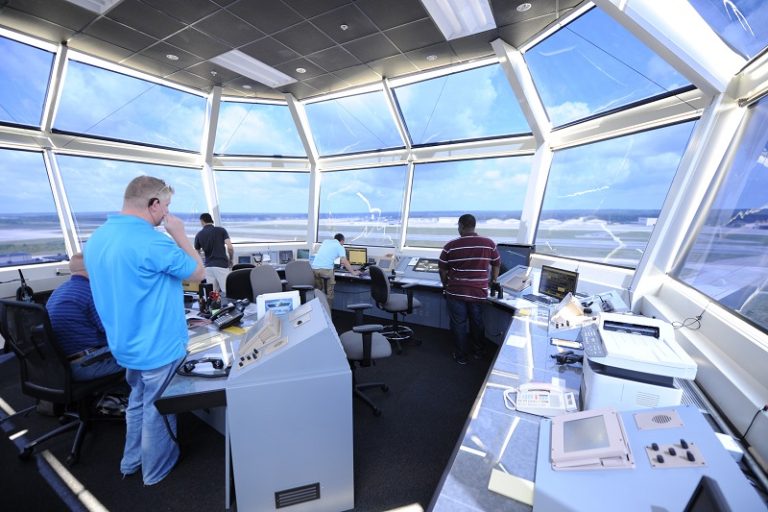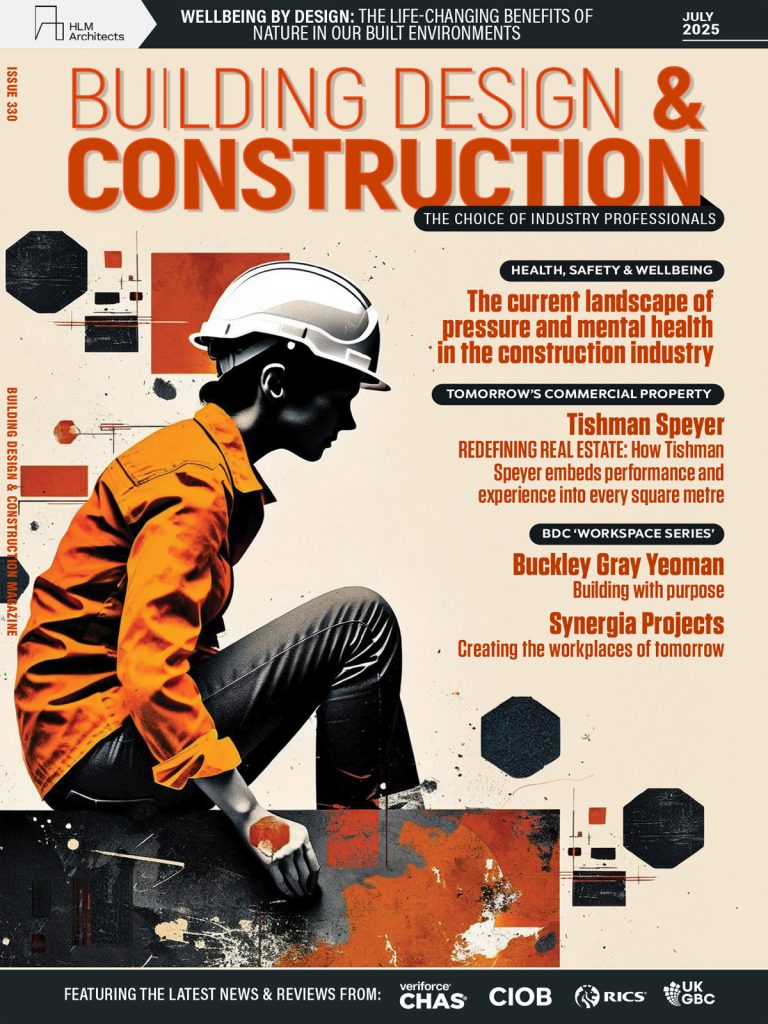Optimising your office plan today can save you time and money in the future. The layout of your floor plan can affect everything from employee engagement to productivity. Jobs and workplace structures are in a constant state of flux and it’s becoming difficult for companies to predict which job functions there will be in the next few years. That’s why businesses are responding by creating workspaces with built-in flexibility and optimised office plans. Previously unheard of job roles have developed in response to technological advances, so companies need to optimise office plans and to adapt to new jobs and equipment. Here are some tips for optimising your company’s office plan. 1. Utilise Office Space Effective use of space enables you to reduce accommodation and utility costs, drive down your environmental footprint and improve working conditions. Our Space Planning & Design team can help you plan your space for maximum efficiency and cost control. Analysing how your staff actually use the space is a good step towards designing a workplace that increases staff satisfaction and productivity. In London, space is at a premium and businesses are finding new ways to optimise the space they have by utilising open plan hot-desking, multifunctional rooms with moveable partitions and innovative storage solutions. Integrated technology can really help with saving space and chairs, sofas and desks now feature hidden and discreet power points and wireless technology solves the problem of messy wires placed all over the office. Choose Comfortable Chairs and a Good Seating Plan Good seats designed for back support and mobility, combined with versatile furniture, are great tools for an optimised office space and seating plan. Where you seat people is vital for workplace productivity, so you need to think of this in terms of department, skill sets, personality, competition and the need for mentorship and supervision. Environmental factors, such as lighting and air conditioning, can impede on your perfect seating plan because no one wants to sit under an uncomfortably cold blast of air all day. Mix open and closed office spaces to suit different working styles and make sure you minimise distractions with sound absorbent furnishings and layout. Our award-winning design for Natixis’ Global Asset Management (NGAM) included adaptable furniture using bench desking, finished with acoustic screens. If optimised, the seating plan can be rearranged or adapted at any time, allowing business operations and workflow to proceed smoothly. 3. Encourage a Sense of Community The seating plan should allow for easy communication between staff and different departments. Modern offices are now designed predominantly to encourage collaboration, even in traditionally non-creative industries. Pockets of collaboration whether in private offices or in open spaces now encourage staff interaction. In fact, more office workers than ever now work on a consultancy basis or hot-desk, so workspaces need lots of temporary desks or touchdown spaces to accommodate them. These should be spread around with access to different departments to improve communications and a sense of belonging. The majority of NTT Data UK’s staff consist of consultants, so we designed their office space with hot-desking and collaboration in mind. Our designers used plenty of inviting bright colours, touchdown spaces, meeting rooms with folding walls and a choice of working areas. Create Multipurpose Spaces An innovative floor plan makes use of every single space from hallways to landings, and places furniture where hot-deskers can work and impromptu meetings can take place. Some creative companies strapped for space use open areas in the office to hold large meetings that allow staff to sit and participate from the stairs. Multipurpose spaces are being utilised by employers for everything from multimedia presentations to casual breakout areas. Bristol-based EMO & TRA are marketing and company branding agencies that were relocated under one roof, necessitating good communications. This involved fitting a new spiral staircase to link the companies, booths for group work and an open space with a blackboard that allows for brainstorming and collaborative work. Utilise Natural Light Good lighting in the workplace is vital; both too much and too little can have a negative impact. One thing that experts agree on is that natural light is best. Make sure your office has enough windows and if you don’t have enough windows, natural light can come from other sources such as skylights. Daylight aids our circadian rhythms (our own in-built clocks) to be in sync with our local environments, but today’s artificial environments can block this synchronisation. Therefore, it helps to get as much natural help with the process as possible. Bring Nature Inside The psychological benefits of bringing nature into the office have been well-documented. This can include anything from plenty of sunlight and plants in the office to water features and nature integrated into the office furniture and artwork. Helix Property, UK property management service providers, decided to set a good example to clients by filling their reception area and atrium with live planters, including in the back of seating. The modifications included the installation of a moss wall. If you’d like help with optimising your office plan, please contact Interactive Space.






